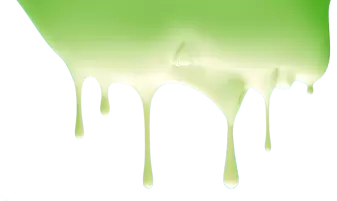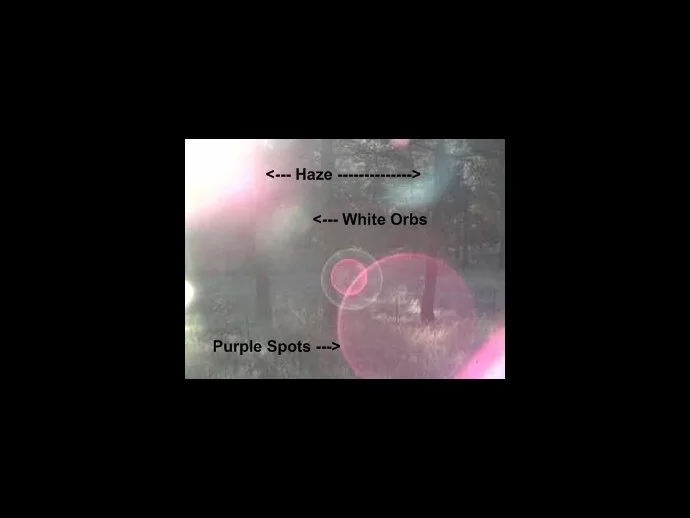Lens flare is often mistaken for ghosts in photographs...
Lens flare is often misinterpreted as being the presence of ghosts or ghostly orbs in photographs. So, it is good to be able to detect lens flare when present, so it can be ruled out as being paranormal in nature.
What Is Lens Flare?
Lens flare is when sunlight or artificial light shines back into the camera lens and hits the film or digital sensor often creating a polygonal shape, or balls of light in photographs, which may vary in color. Polygonal-shaped orbs are created through the reflection of light within the camera lens, showing the shape of the diaphragm. A camera lens with a five blade diaphragm, for example, will produce spots of light that are five-sided.
Typically, most lens flare anomalies are either white, green, orange, purple or red in coloration - but a rainbow of colors may also be seen within the photo taken by a digital camera. This effect is also known as "ghosting."
The shape of the lens flare "balls of light" may vary, dependent upon the shape of the lens diaphragm. Other shapes may be detected, such as streaks of light or a washing effect similar to a whitish haze. Cameras can be fitted with a lens hood, especially when taking photos for evidence of ghosts, to help block non-image forming light. When taking pictures indoors, it is important to be aware of all light sources, so as not to point the lens toward the direction of the lamps.
How to Avoid Lens Flare
When outdoors, it is best to not take photographs in the direction of sunlight. If you can, keep your camera lens in shadow; then, the odds of capturing lens flare is minimized. Also, be aware that the flash from other cameras, or your camera flash reflecting off of close objects or reflective surfaces, may also produce lens flare effects. Look for reflective light and eliminate it from your ghost hunting photographs (or note it when seen), if possible.







